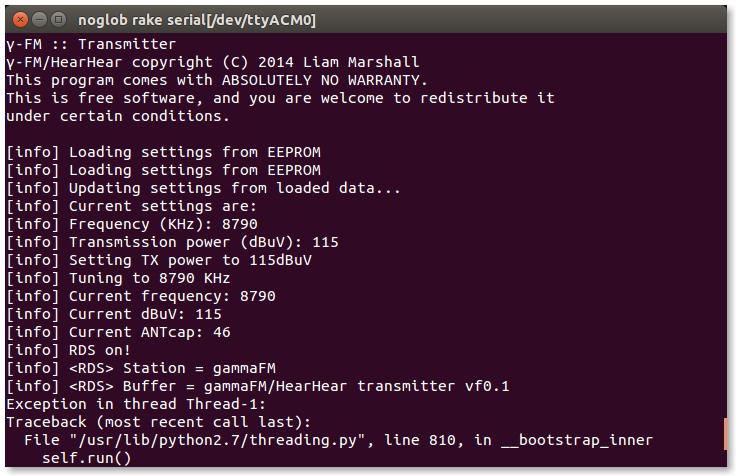The percentage of humans age ≥ 65 in the US is going up; and many seniors have
moderate to severe hearing loss.
The original aim of this project was to design and build a system whereby audio from a television could be replicated in a pair of headphones that a hearing-impaired person would wear.
That system worked amazingly, and, after thinking about it for a while, I've decided to build, instead of just a television hearing aid, a general-purpose DSP'ed hearing aid. I aim to construct something that a person would not feel uncomfortable wearing for an entire day, yet is much cheaper and works better than many expensive but low-performance commercial hearing aids.
The size constraints I've set myself necessitate a stack of boards. Each board is going to be approximately 1x1cm, and will stack using vertical push-fit SMT connectors.
 Liam Marshall
Liam Marshall


